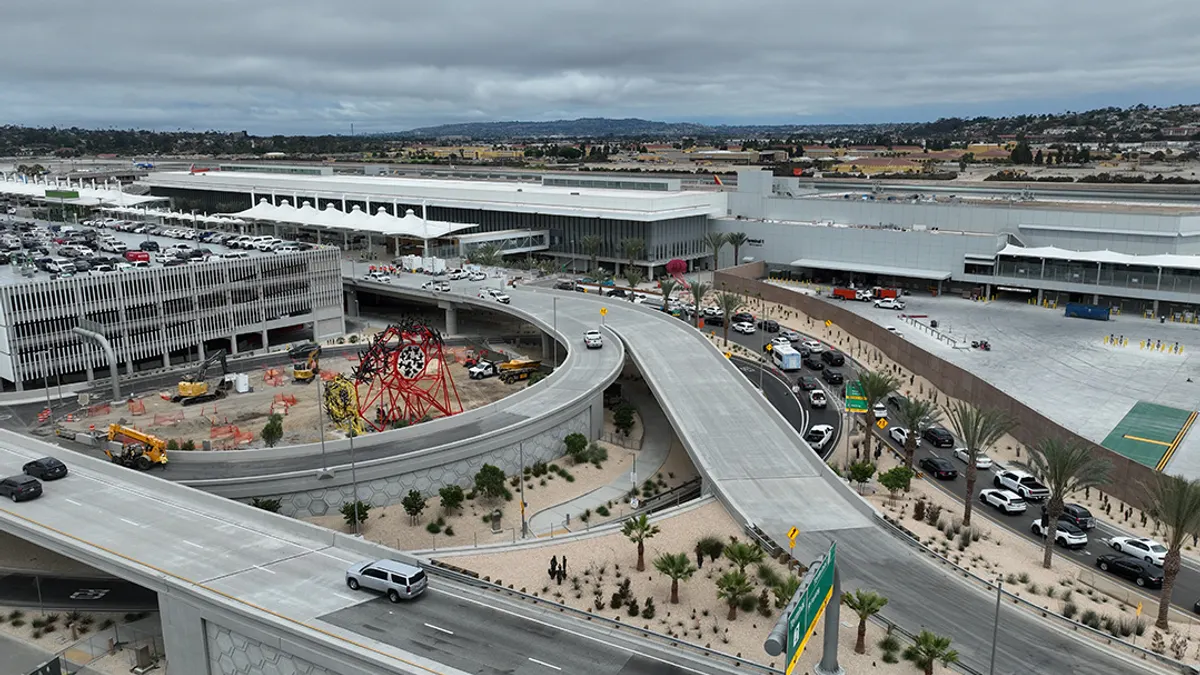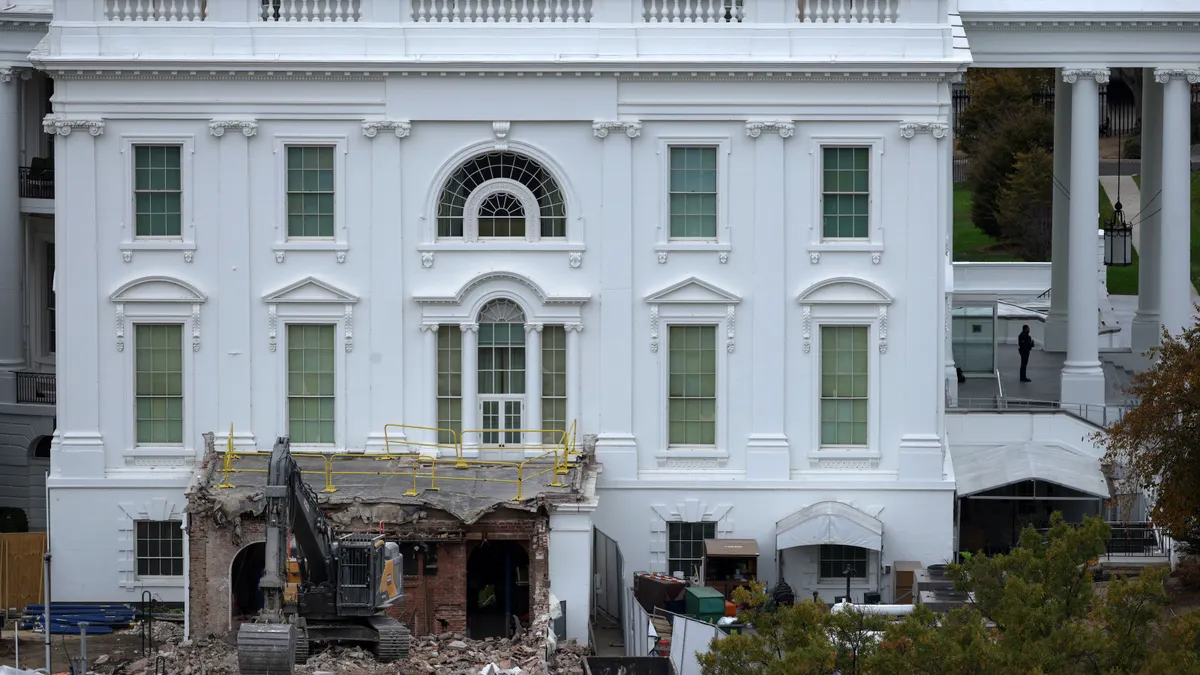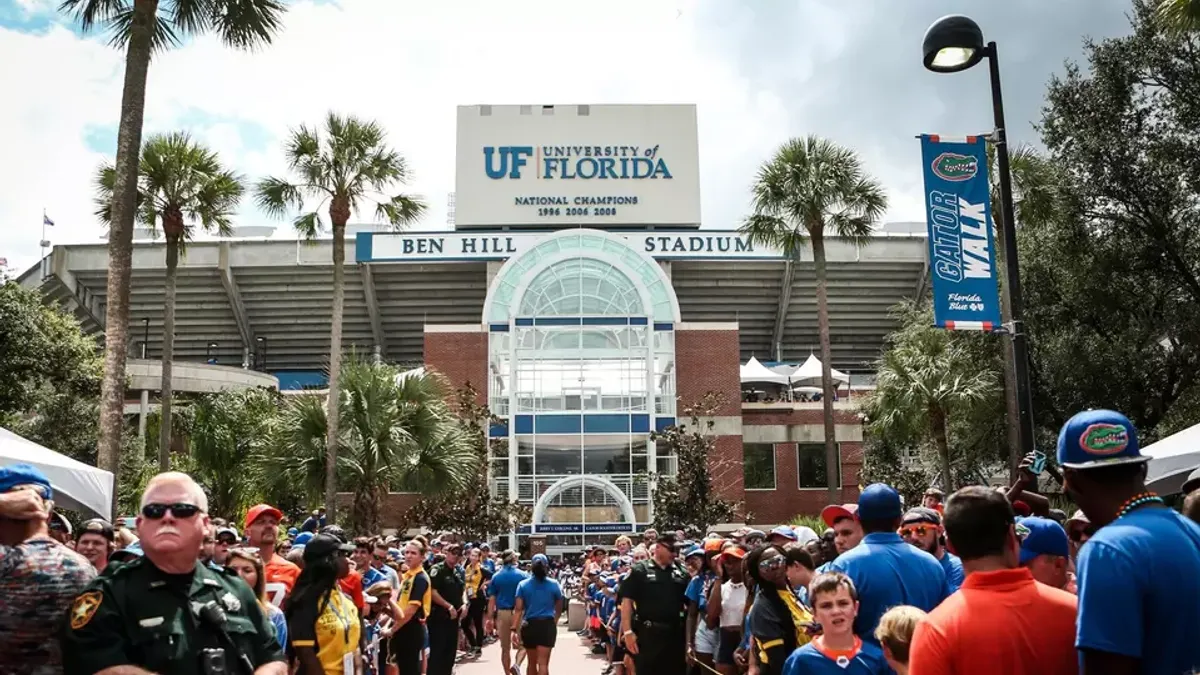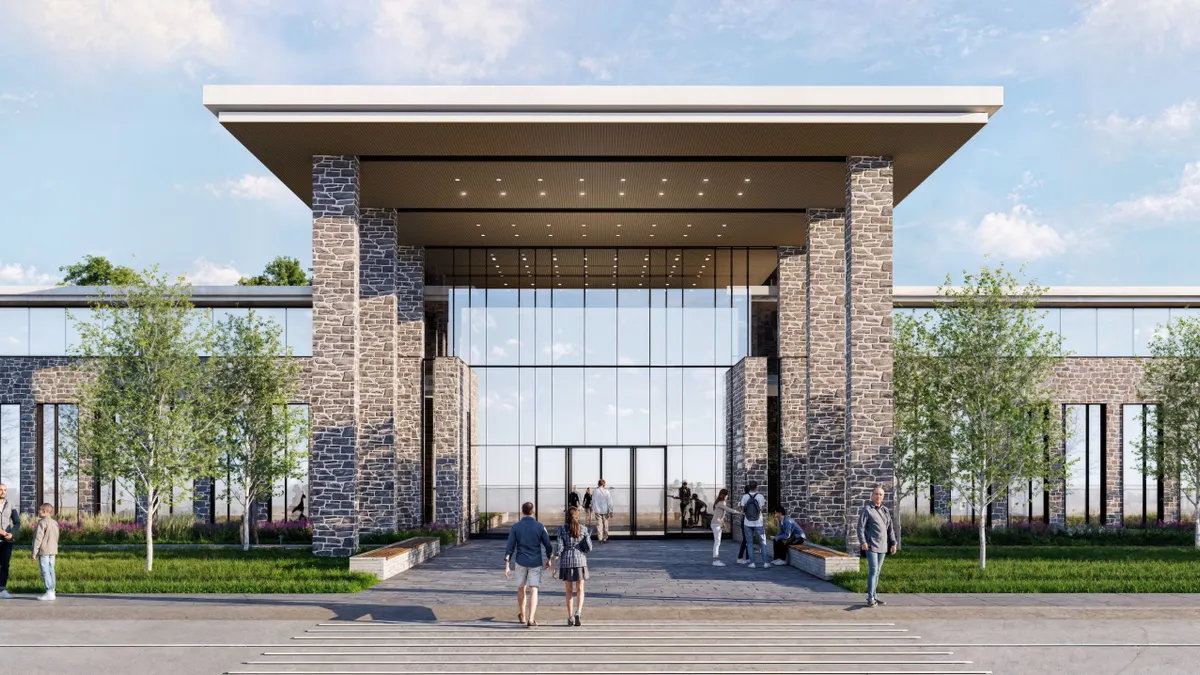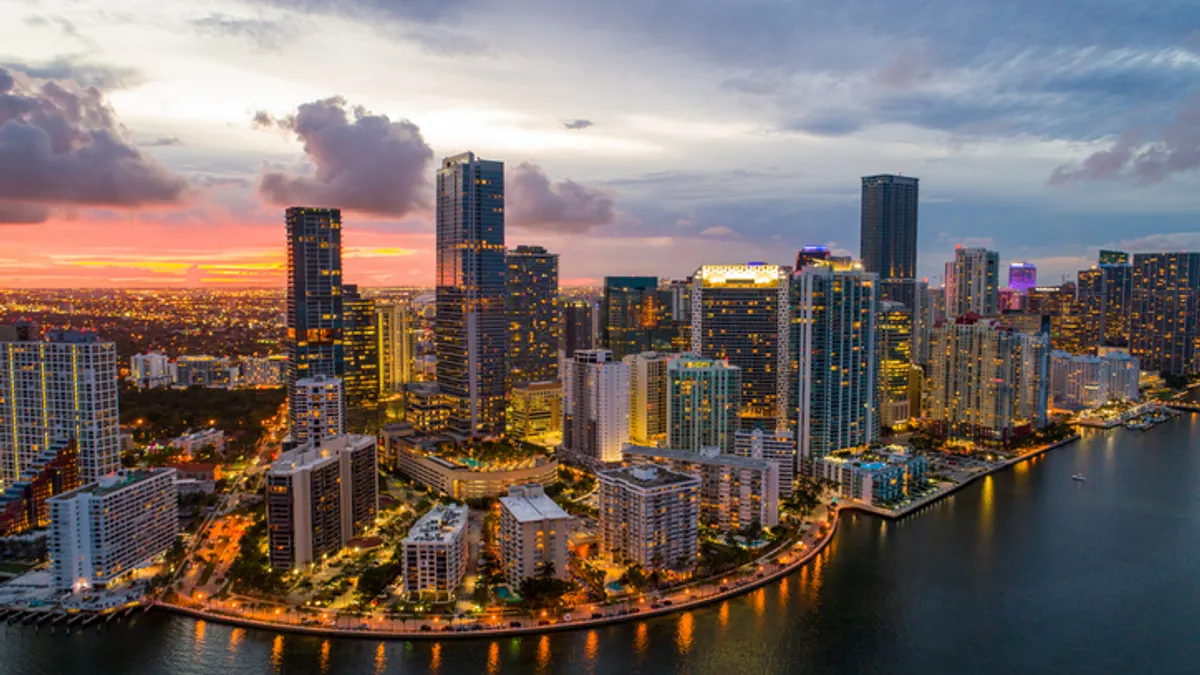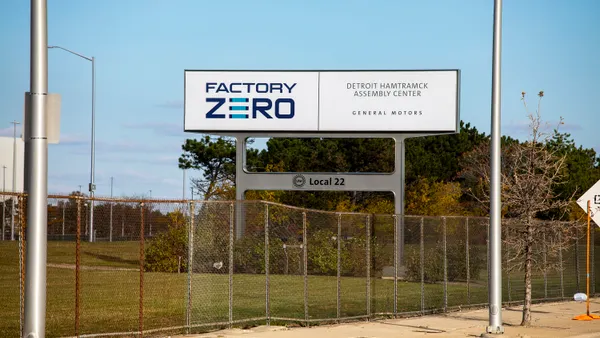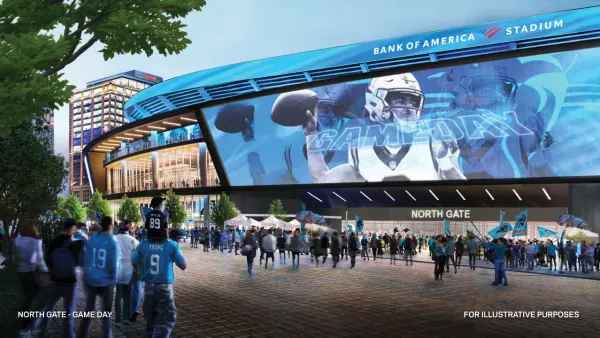Progressive design-build continues to gain momentum across the United States, especially in California, according to panelists at the 2023 Design-Build Conference and Expo in Washington, D.C., last week.
“We had over 160 design-build related bills introduced,” said Richard Thomas, director at DBIA, describing efforts to introduce laws that allow public agencies to use the procurement method. “The industry standard is about 25%, only about 25% of bills that get introduced get passed. We had a 78% success rate, that’s incredible.”
The panel included both Mike Meredith, vice president and director of design-build programs at Vanir Construction, a Sacramento, California-based construction firm, and Praful Kulkarni, director of integrated services at principal at CannonDesign, a New York City-based architecture and engineering firm, two construction executives who played crucial roles in getting California’s Senate Bill 706 passed in 2023.
That bill expands authority for the use of progressive design-build by state and local agencies in California. For instance, CalTrans and various water agencies across the Golden State are increasingly adopting the project delivery method.
Legislation in California
To get that bill passed, DBIA gathered a coalition of stakeholders, including various counties, school districts and government agencies. Meredith also engaged in extensive education and outreach, not only within the design-build community but also with committee staff and legislators. Additionally, Meredith explained it was essential to demonstrate the benefits of progressive design-build and how it had already been successfully implemented in other states.
“Reaching out to the various stakeholders that historically either supported us or needed to be brought up to speed on what progressive is, gave us an opportunity to lay the groundwork,” Meredith said. “That’s how we got started.”
Progressive design-build refers to a project delivery method that uses a qualifications-based criteria, followed by a process where the owner negotiates a design and contract price directly with the construction team. That means the owner usually retains the design-builder early in the life of the project and, in some cases, before the design has been developed at all.
Design-builders then deliver the project in two distinct phases. Phase one includes budget level design development, preconstruction services and the negotiation of a firm contract price, while phase two involves the final design, construction and commissioning, according to the Design-Build Institute of America.
The method differs from design-bid-build projects, where owners contract designers and builders independently. Under a progressive design-build contract, however, the owner initiates a single construct with a design-builder to design and complete preconstruction tasks.
According to DBIA, using a progressive design-build method:
- Streamlines and simplifies the procurement process.
- Enables the owner to provide substantial input on the design and buyout decisions.
- Shortens the overall project schedule with quicker procurement process and opportunity to use early work packages in phasing the work.
- Lessens pressure from the owner in terms of the time required to review and act upon design submittals.
Along with California, other states are also beginning to recognize the benefits of this approach for larger, riskier projects, said Vince Campanella, vice president of operations at Lydig Construction, a Spokane Valley, Washington-based construction company. Campanella has completed $500 million in public and private design-build projects with Lydig, and nearly $750 million in design-build projects throughout his career.
Progressive design-build in action
For example, the District of Columbia Water and Sewer Authority’s board of directors approved a $819 million design-build contract in October for the construction of the Potomac River Tunnel, the largest ever awarded by the authority. In Terre Haute, Indiana, battery parts producer Entek selected Chicago-based Clayco as the design-build contractor for its $1.5 billion lithium battery separator facility.
Other states with recent design-build initiatives include Illinois, Tennessee, Louisiana, Minnesota, Virginia, West Virginia and New York, according to the DBIA.
But issues with the progressive design-build method still remain, said Meredith.
Labor unions often scrutinize legislation for any potential impact on their workforce. In the case of SB 706 in California, the bill included requirements for project labor agreements and skilled and trained workforce mandates, said Beau Biller, lobbyist with Platinum Advisors focused on clients in local government, engineering, transit, water and energy.
“That might not be desirable for a lot of cities,” said Biller. “Especially if they’re remote and it’s difficult for public owners or entities who have to go execute work and try to be compliant with that particular component of the legislation.”
Other potential obstacles to progressive design-build include:
- Some owners find awarding a construction contract without full price competition to be politically impractical, and prefer to have price factored into the selection process.
- Procurement regulations may require subcontractors to be procured competitively. This can limit collaboration and deprive the project of valuable subcontractor input during the design process.
- Owners may feel the best value design-build process already works well and that there is no need to try another method of construction.
Nevertheless, DBIA continues to enjoy success with legislation. In 1993, when DBIA was first established, only three states authorized design-build. Today, 48 states have granted design-build methods, said Thomas.
“We had a record number of bills passed in California and we had a record of progressive design-build bills,” said Thomas. “We had historic funding for infrastructure, and we were successful in most of these major builds of getting design-build provisions put in.”





